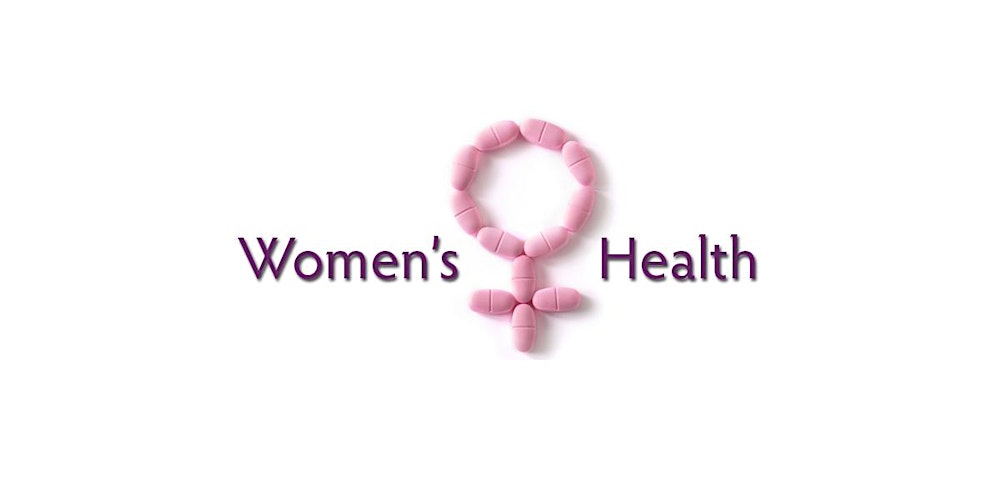In recent years, the landscape of healthcare has witnessed a remarkable transformation, with a significant focus on women’s health. As we step into 2025, the market for women’s health products is burgeoning, driven by a combination of technological advancements, increasing awareness, and a shift towards personalized healthcare solutions. This article delves into the factors contributing to the rise of women’s health products in 2025 and explores the implications for women’s health globally.
The Evolution of Women’s Health Products
The journey of women’s health products has been one of evolution and innovation. Traditionally, women’s healthcare needs were often underrepresented in medical research and product development. However, the past decade has seen a paradigm shift, with a growing recognition of the unique health challenges faced by women. This has paved the way for a new wave of products specifically designed to address these needs.
Technological Advancements
One of the key drivers behind the rise of women’s health products in 2025 is the rapid advancement in technology. From wearable devices that monitor menstrual cycles to mobile apps offering personalized health insights, technology has empowered women to take control of their health like never before. These innovations provide real-time data, enabling women to make informed decisions about their health and well-being.
For instance, smart wearables now offer features such as hormone level tracking, fertility prediction, and even stress management tailored to women’s physiological needs. These devices are not only enhancing convenience but also contributing to preventive healthcare by alerting users to potential health issues before they escalate.
Personalized Healthcare Solutions
The concept of personalized healthcare has gained significant traction, and in 2025, it is a cornerstone of women’s health products. Personalized solutions consider individual differences in genetics, lifestyle, and environment, offering tailored recommendations and treatments. This approach is particularly relevant in women’s health, where conditions such as hormonal imbalances, reproductive health, and menopause require individualized attention.
Genomic testing, for example, has become more accessible and affordable, allowing women to understand their genetic predispositions to certain health conditions. This information can be used to develop personalized wellness plans and preventive measures, ultimately improving health outcomes.
Increasing Awareness and Empowerment
Awareness around women’s health issues has grown substantially, thanks in part to advocacy and education campaigns. Women are now more informed about their health needs and are actively seeking products that cater to these requirements. This heightened awareness has created a demand for products that address specific health concerns, ranging from menstrual health to menopause management.
Moreover, the empowerment of women in making healthcare decisions has led to a shift in market dynamics. Women are no longer passive consumers; they are active participants in their healthcare journey. This empowerment is reflected in the increasing popularity of products that offer transparency, efficacy, and value.

Key Areas of Growth in Women’s Health Products
As we explore the rise of women’s health products in 2025, several key areas emerge as focal points for innovation and growth. These areas address the diverse health needs of women across different life stages.
Menstrual Health
Menstrual health remains a critical aspect of women’s health, and the market for menstrual products has expanded beyond traditional options. In 2025, sustainable and eco-friendly menstrual products are gaining prominence. Reusable menstrual cups, biodegradable sanitary pads, and period-proof underwear are becoming mainstream, catering to environmentally conscious consumers.
Additionally, menstrual health apps are providing women with insights into their menstrual cycles, helping them track symptoms, predict periods, and manage pain. These apps are often integrated with wearable devices, offering a holistic approach to menstrual health management.
Reproductive Health and Fertility
Advancements in reproductive health and fertility products are empowering women to make informed decisions about family planning. Fertility tracking devices and apps have become more sophisticated, providing accurate predictions of ovulation and fertile windows. These tools are invaluable for women trying to conceive or practicing natural birth control methods.
In vitro fertilization (IVF) and other assisted reproductive technologies have also seen improvements, with higher success rates and reduced costs. Innovations such as genetic screening of embryos and personalized hormone treatments are enhancing the effectiveness of these procedures.
Menopause Management
Menopause is a significant phase in a woman’s life, and products designed to manage its symptoms are gaining attention. In 2025, menopause management has moved beyond hormone replacement therapy (HRT) to include a range of non-hormonal options. Natural supplements, lifestyle apps, and wearable devices that monitor symptoms such as hot flashes and sleep disturbances are becoming popular.
Furthermore, there is a growing emphasis on holistic approaches to menopause management, including nutrition, exercise, and mental health support. Women are seeking comprehensive solutions that address both physical and emotional aspects of menopause.
Mental Health and Well-being
Mental health is an integral part of women’s health, and products addressing mental well-being are on the rise. In 2025, mental health apps offering meditation, stress management, and cognitive behavioral therapy (CBT) exercises are widely used. These apps provide women with accessible tools to manage stress, anxiety, and depression.
Additionally, there is a growing recognition of the link between hormonal changes and mental health. Products that address mood swings, premenstrual syndrome (PMS), and postpartum depression are gaining traction, offering women relief from these common challenges.
The Role of Healthcare Providers and Policy Makers
The rise of women’s health products in 2025 is not solely driven by consumer demand. Healthcare providers and policymakers play a crucial role in shaping the landscape of women’s health.
Healthcare Providers
Healthcare providers are increasingly integrating women’s health products into their practice, offering patients a range of options for managing their health. This integration is facilitated by advancements in telemedicine, allowing women to access healthcare services remotely and conveniently. Telemedicine platforms often include consultations with specialists, prescription services, and personalized health advice.
Moreover, healthcare providers are advocating for a more holistic approach to women’s health, emphasizing preventive care and lifestyle modifications. This shift is encouraging women to adopt healthier habits and utilize products that support their overall well-being.
Policy Makers
Policymakers are recognizing the importance of women’s health and are implementing measures to support the development and accessibility of women’s health products. In 2025, policies promoting research and innovation in women’s health are gaining momentum. Funding for studies focused on women-specific health issues is increasing, leading to a better understanding of these conditions and the development of targeted solutions.
Additionally, regulatory frameworks are being updated to ensure the safety and efficacy of women’s health products. These regulations are essential for building consumer trust and encouraging the adoption of new products in the market.
Challenges and Future Directions
While the rise of women’s health products in 2025 is promising, several challenges remain. Addressing these challenges is crucial for sustaining growth and ensuring that women have access to effective healthcare solutions.
Accessibility and Affordability
Despite advancements, accessibility and affordability remain significant barriers for many women. Ensuring that women’s health products are available to diverse populations, including those in low-income and rural areas, is essential. Efforts to reduce costs and increase distribution channels are necessary to bridge this gap.
Inclusivity and Diversity
The development of women’s health products must consider the diverse needs of women across different ethnicities, ages, and socioeconomic backgrounds. Inclusivity in research and product development is crucial to ensure that all women benefit from these advancements.
Continued Research and Innovation
Continued research and innovation are vital for the future of women’s health products. Investing in studies that explore the unique health challenges faced by women will lead to the development of more effective and personalized solutions. Collaboration between researchers, healthcare providers, and technology companies will drive innovation and improve health outcomes.
Conclusion
As we explore the rise of women’s health products in 2025, it is clear that the future of women’s health is bright. Technological advancements, personalized healthcare solutions, and increasing awareness are driving the development of products that cater to the unique needs of women. By addressing key areas such as menstrual health, reproductive health, menopause management, and mental well-being, these products are empowering women to take control of their health.
The role of healthcare providers and policymakers is crucial in supporting this growth, ensuring accessibility, affordability, and inclusivity. By addressing challenges and fostering continued research and innovation, we can create a future where women’s health is prioritized and celebrated. In 2025 and beyond, women’s health products will continue to transform the healthcare landscape, offering women the tools they need to lead healthier, happier lives.









